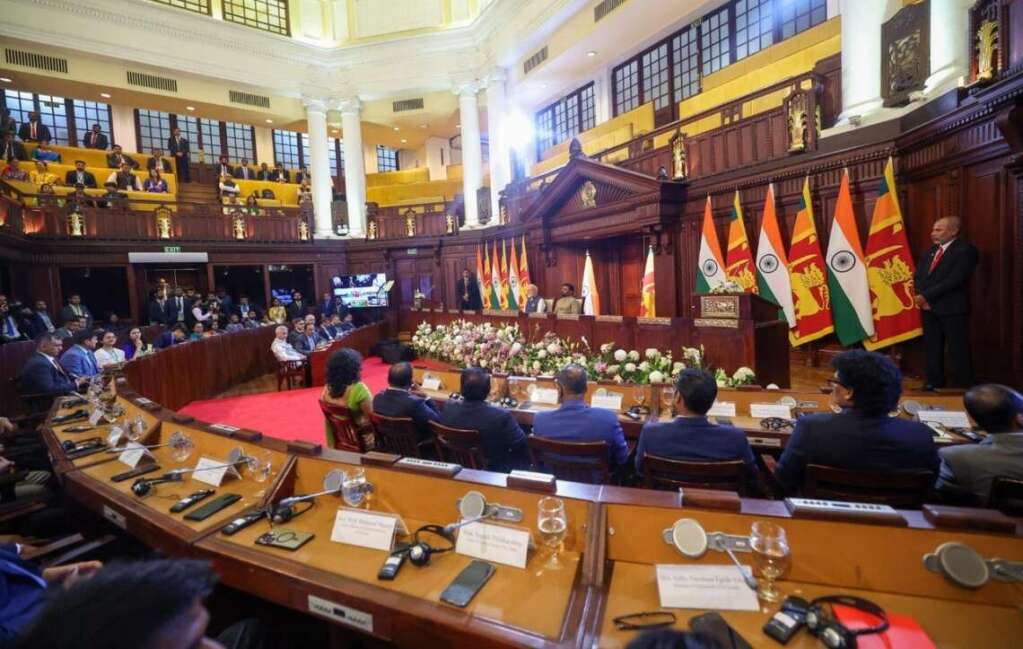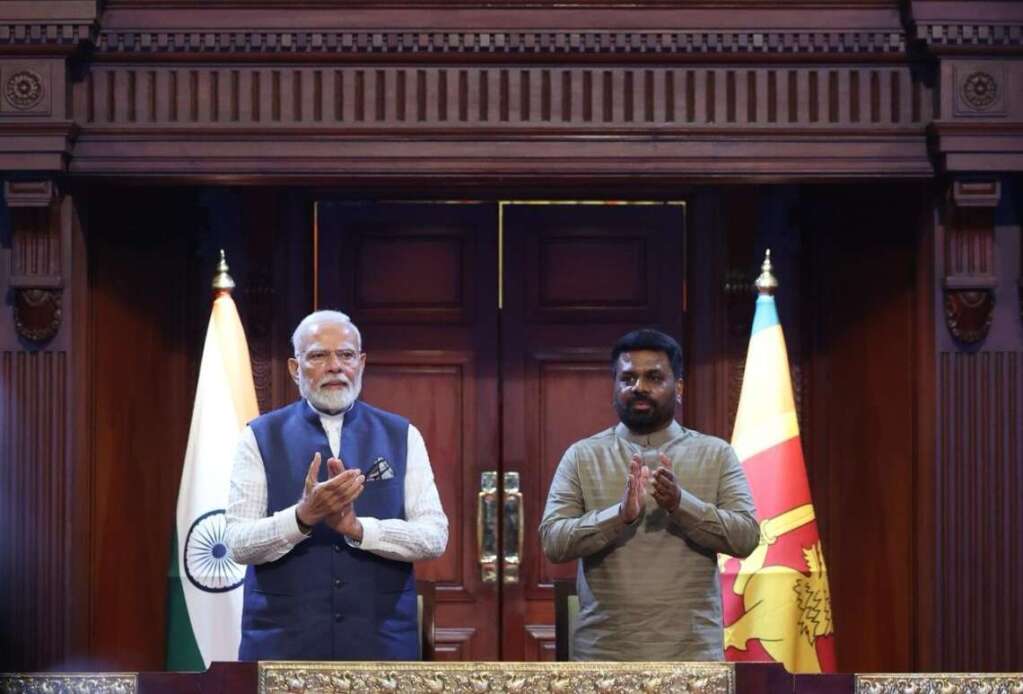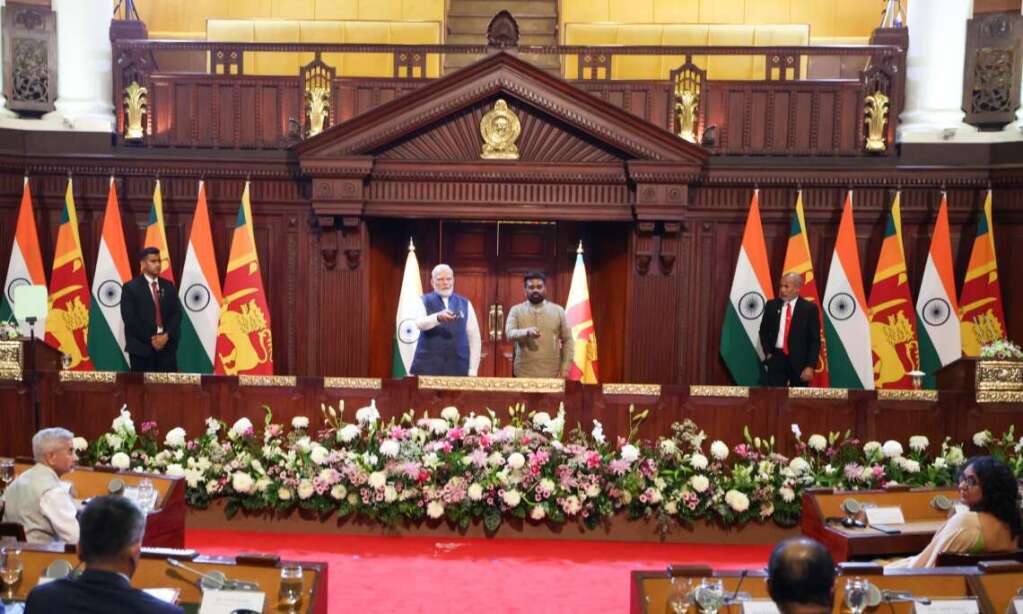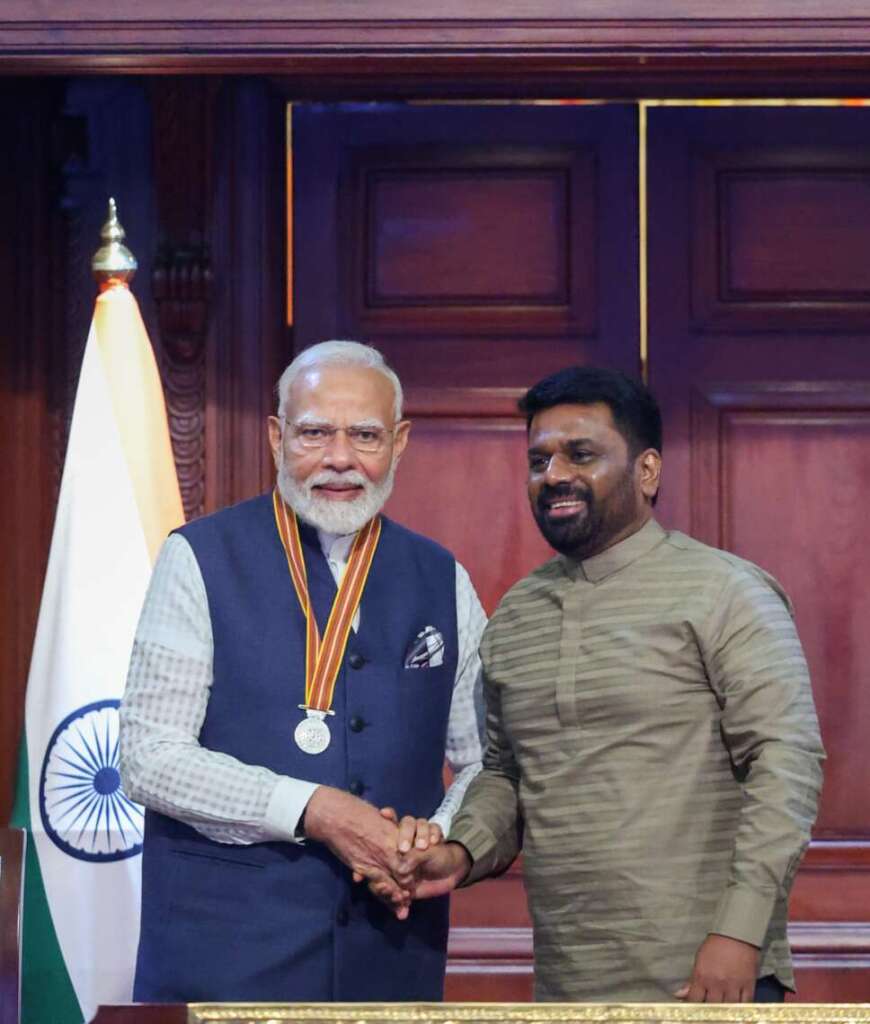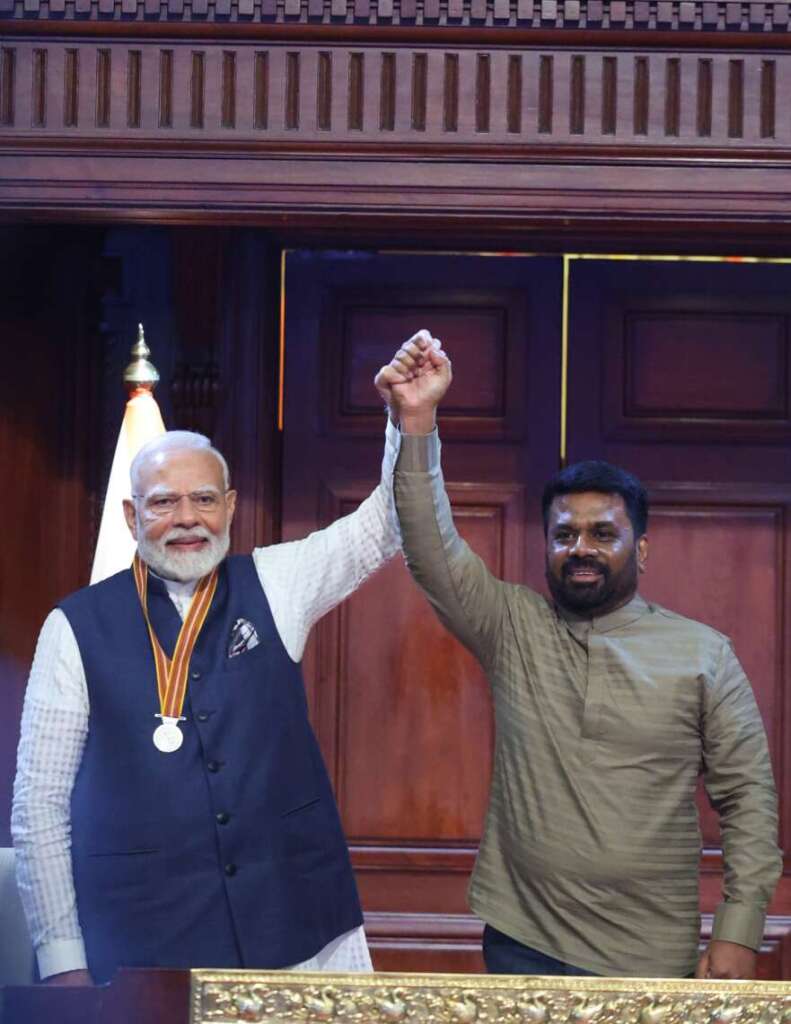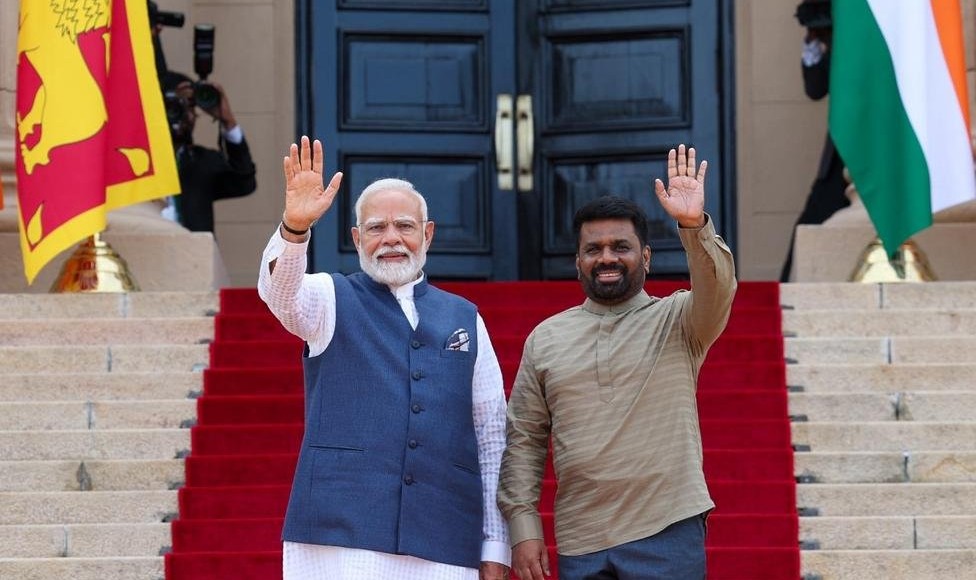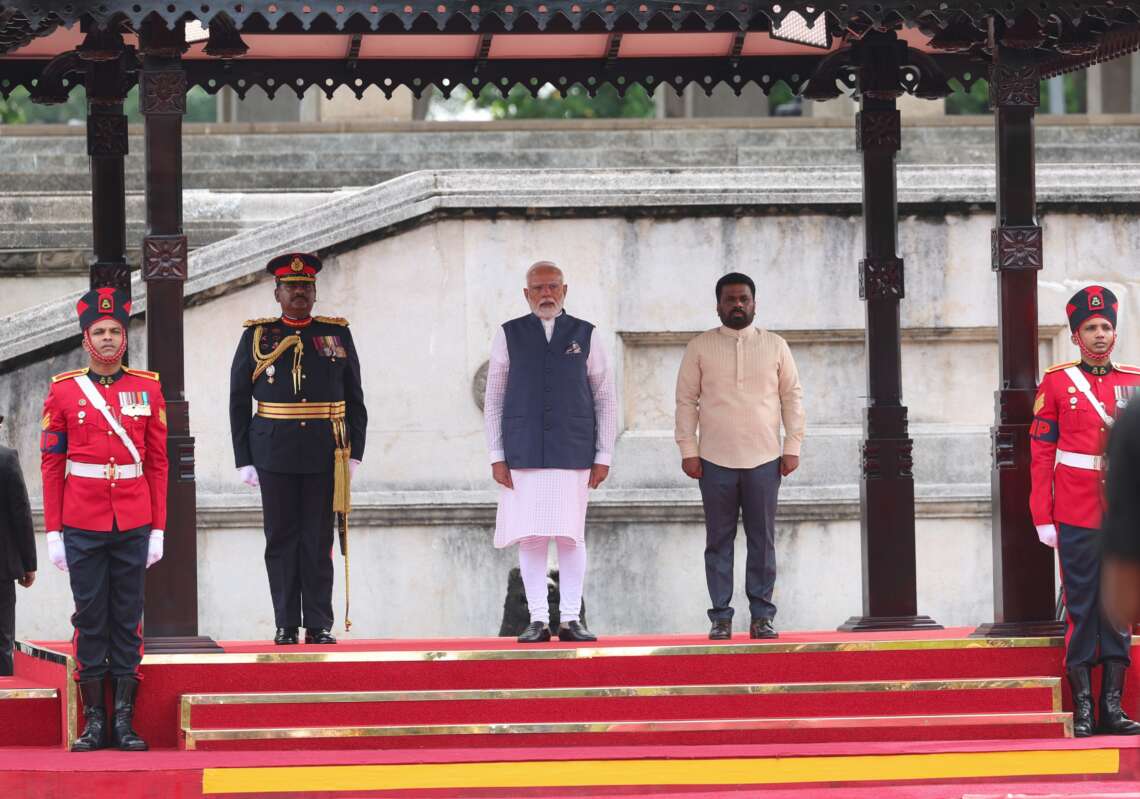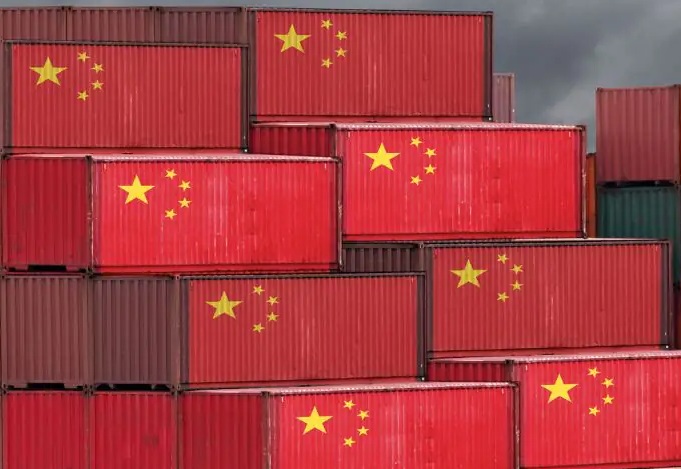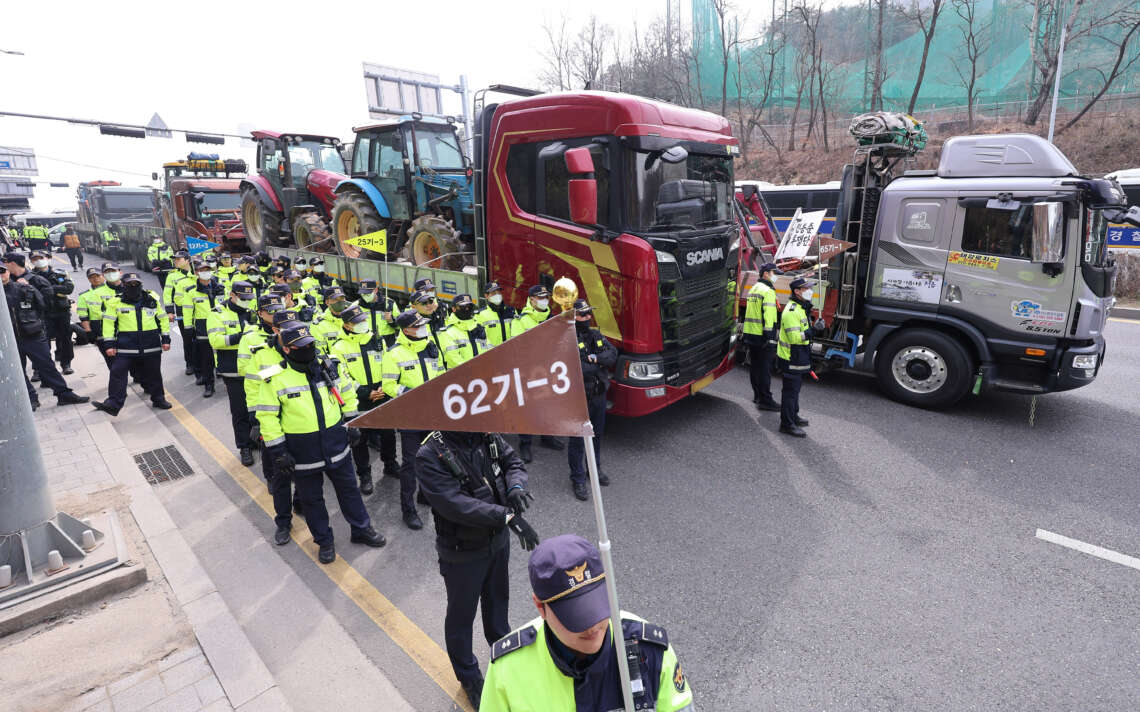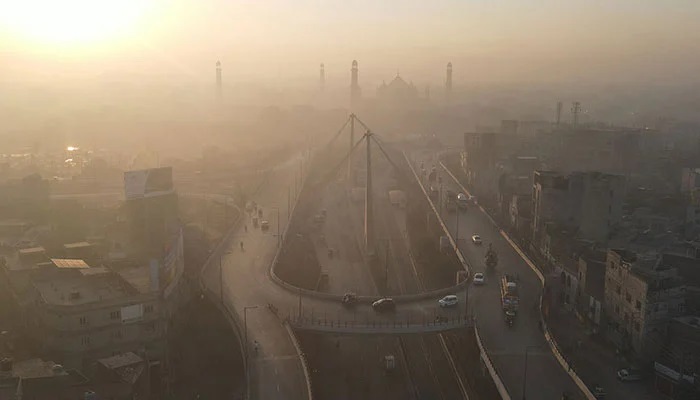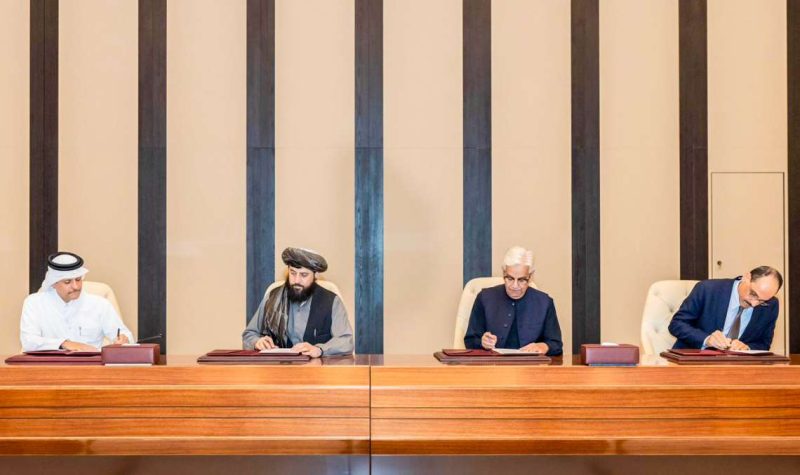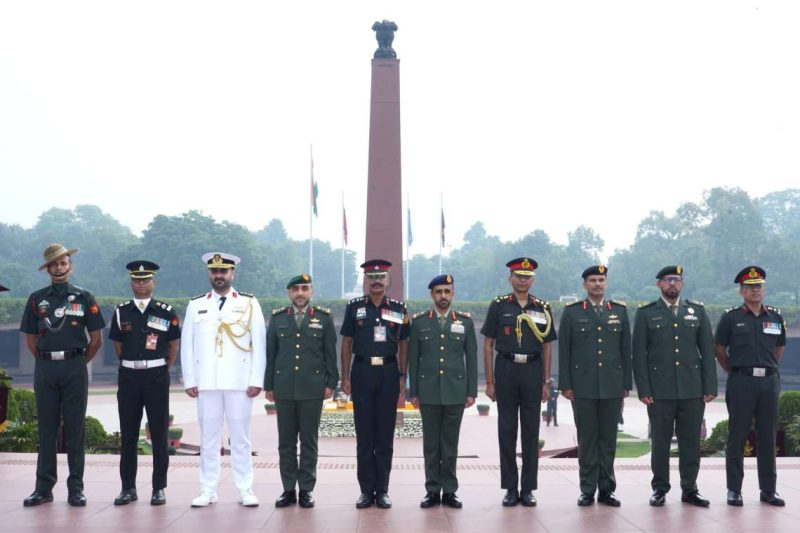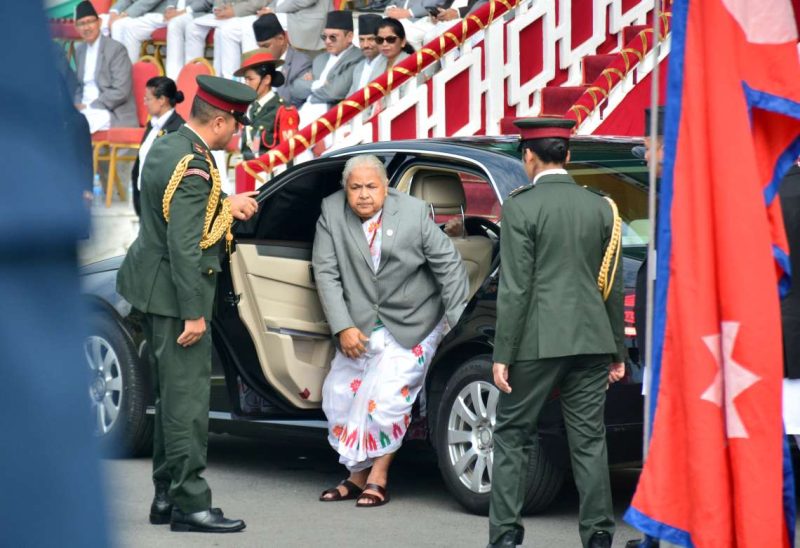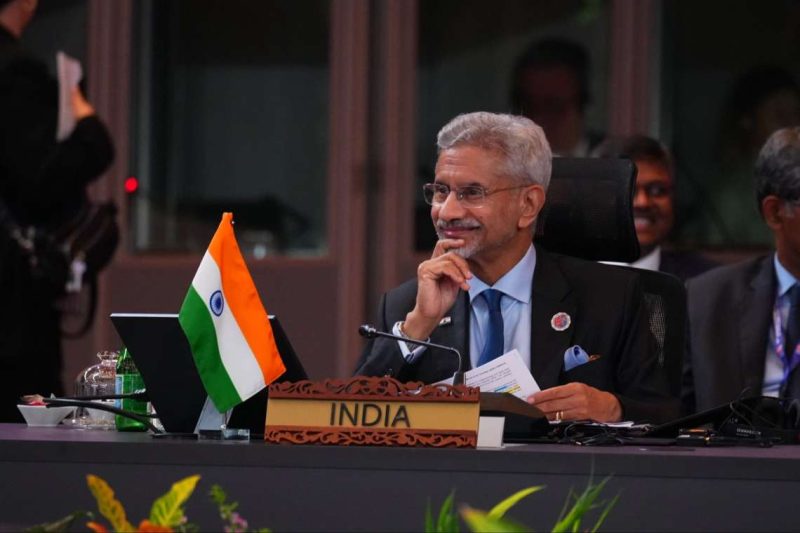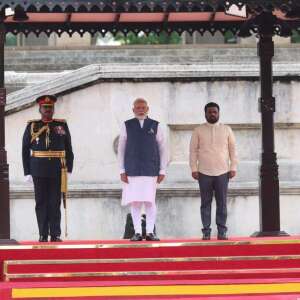India and Sri Lanka on Saturday signed an upgraded agreement on defence cooperation, marking a pivotal moment in regional security collaboration during Prime Minister Narendra Modi’s state visit to the island nation. The pact aims to deepen maritime security, intelligence-sharing, and strategic coordination between the two neighbours, both crucial stakeholders in the Indian Ocean Region.
The agreement was formalised after high-level bilateral talks between PM Modi and Sri Lankan President Anura Kumara Dissanayake at the Presidential Secretariat in Colombo. The leaders were joined by top ministers and officials, including External Affairs Minister S. Jaishankar, National Security Advisor Ajit Doval, and Sri Lanka’s Foreign Minister Vijitha Herath.
“Our defence ties are an important pillar of our partnership,” PM Modi said during the joint press briefing. “Together, we are building a framework for regional peace and shared prosperity.”
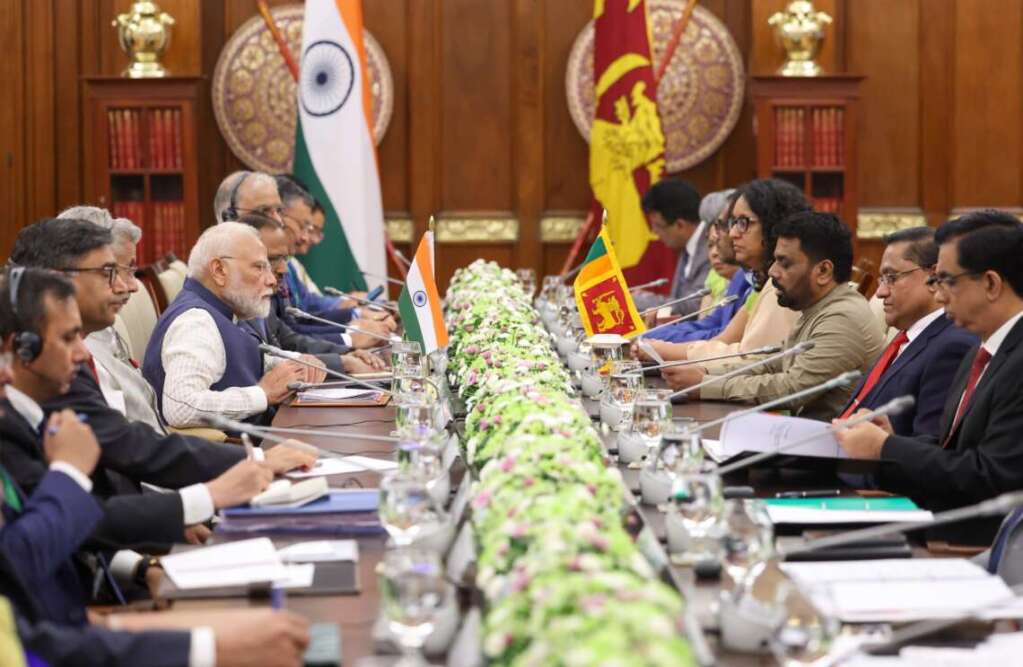
The two sides also signed several key agreements covering cross-border energy exchange, healthcare, digital transformation, and multi-sectoral development assistance. Notable among these was a Memorandum of Understanding on implementing a HVDC interconnection to facilitate the import and export of power between the countries — a first in the region.
Another highlight was the joint vision to develop Trincomalee as an energy hub, with trilateral cooperation from the UAE. This initiative is expected to elevate Trincomalee’s status as a strategic and commercial energy gateway in the Indian Ocean.
Modi conferred Sri Lanka’s highest honour
In a significant gesture, PM Modi was also conferred the Sri Lanka Mitra Vibhushana, the island’s highest civilian honour for foreign Heads of State, recognising his leadership in strengthening bilateral ties. “This is not just an honour for me, but for 140 crore Indians,” Modi said.
The honour, rich in symbolism, features the Dharma Chakra representing the shared Buddhist heritage and the Pun Kalasa symbolising prosperity and renewal. It is the 22nd international award PM Modi has received, underlining his stature as a global statesman.
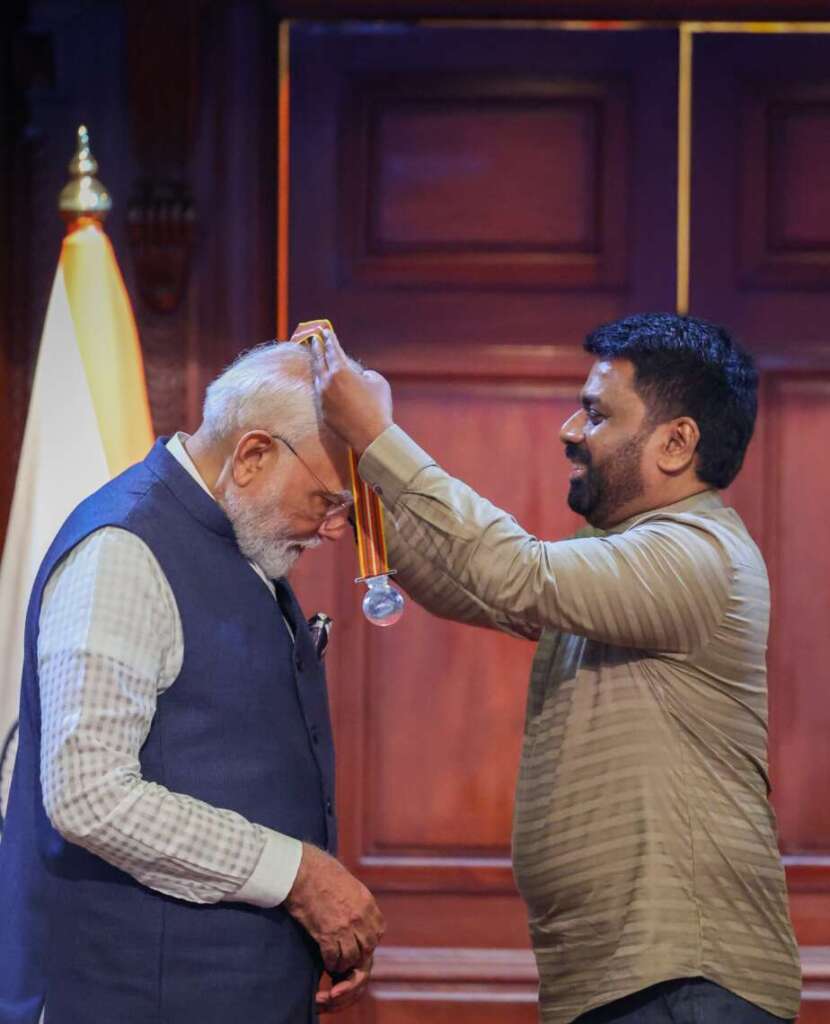
As part of India’s continuing support to Sri Lanka’s development, several infrastructure and community-focused projects were also jointly launched or inaugurated, including:
The 120 MW Sampur Solar Power Project;
A 5,000 MT temperature-controlled agriculture warehouse in Dambulla;
5,000 solar rooftop units for religious places across all 25 districts;
The upgraded Maho–Omanthai railway line and a new signalling system for Maho–Anuradhapura;
A capacity-building programme for 700 Sri Lankans annually;
Restoration of key religious sites including Thirukoneswaram Temple and Sita Eliya Temple.
India also announced plans for a major cultural gesture: the Exposition of Lord Buddha’s sacred relics in Sri Lanka during Vesak Day 2025.
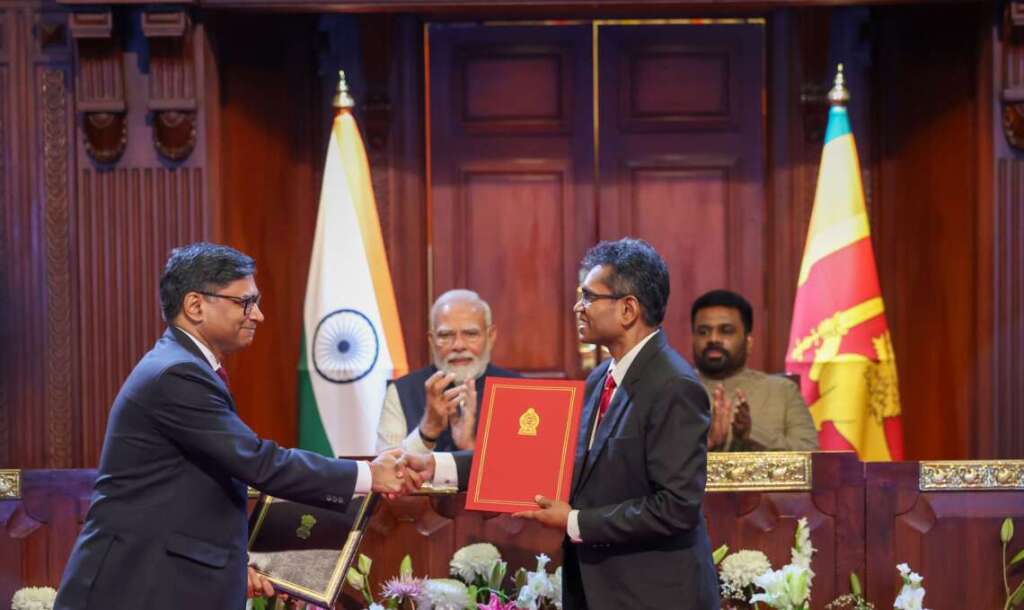
India’s cumulative support to Sri Lanka has now crossed $7 billion, including nearly $780 million in grant assistance. Indian investments in Sri Lanka have exceeded $2 billion, across sectors such as energy, infrastructure, health, and technology.
President Dissanayake hailed the outcomes of the visit as “historic”, adding that Sri Lanka and India are “bound by geography, values, and a common destiny”.
The state visit, PM Modi’s first to Sri Lanka since 2019, reaffirmed a shared vision for “Friendship of Centuries – Commitment to a Prosperous Future”, now backed by robust defence cooperation and development-focused diplomacy.
